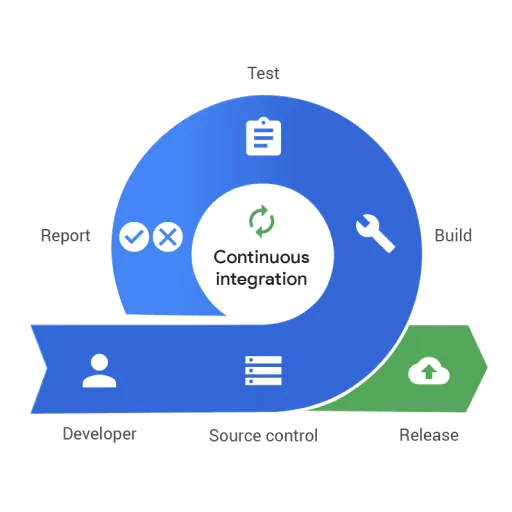The SOLID principles are a set of guidelines that can help developers create software that is easier to maintain and extend over time. These principles can be applied to any type of software development, including Android app development. In this post, we’ll take a look at how you can apply the SOLID principles in your Android app development projects.
S: Single Responsibility Principle
The Single Responsibility Principle (SRP) states that a class should have only one reason to change. This means that a class should have a single, well-defined responsibility, and it should not be responsible for multiple unrelated tasks. In Android development, you can apply the SRP by ensuring that each class in your app has a single, well-defined purpose. For example, if you have a class that is responsible for handling network requests, it should not also be responsible for updating the user interface. Instead, you should create separate classes for these tasks.
O: Open/Closed Principle
The Open/Closed Principle (OCP) states that software should be open for extension but closed for modification. This means that you should be able to add new features to your app without changing existing code. In Android development, you can apply the OCP by designing your app in a modular way, with each module having a specific responsibility. For example, you might have a separate module for handling network requests and another module for displaying data to the user. This allows you to add new features by creating new modules rather than modifying existing code.
L: Liskov Substitution Principle
The Liskov Substitution Principle (LSP) states that objects of a derived class should be able to be used in the same way as objects of the base class. This means that if you have a base class with a certain set of behaviors, you should be able to substitute a derived class without breaking the code. In Android development, you can apply the LSP by designing your classes in a way that allows them to be easily extended and subclassed. For example, you might create an abstract base class that defines the basic behavior of a network request, and then create derived classes that implement specific types of network requests (e.g., GET, POST, etc.).
I: Interface Segregation Principle
The Interface Segregation Principle (ISP) states that clients should not be forced to depend on interfaces they don’t use. This means that you should avoid creating large, monolithic interfaces that require clients to implement a lot of unnecessary methods. In Android development, you can apply the ISP by creating small, specific interfaces that define only the methods that are needed for a particular task. For example, you might have a separate interface for handling network requests, another interface for displaying data to the user, and so on. This allows clients to implement only the interfaces they need, rather than being forced to implement a large, monolithic interface.
D: Dependency Inversion Principle
The Dependency Inversion Principle (DIP) states that high-level modules should not depend on low-level modules, but rather, both should depend on abstractions. This means that you should avoid creating dependencies between your classes and specific implementations, and instead, depend on abstractions (e.g. interfaces). In Android development, you can apply the DIP by designing your app in a way that avoids tight coupling between classes. For example, you might use dependency injection to pass dependencies to your classes, rather than creating them directly. This allows you to change the implementation of a class without affecting the rest of the app.






